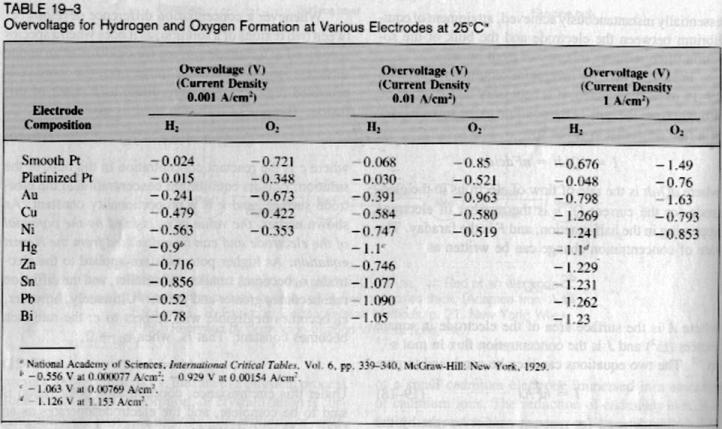Quote: Originally posted by HollowMan  | | I have the bags already from a car battery. The problem is, that the welding und every site is broken already and I try to use an other shape.
Sticking PE and finding a resistant glue is really not easy. |
In that case, you need to combine, say, silicone glue with a needle and thread. Or staples, if you think you can coat them all with glue. I have some
teflon thread I could sell you cheap, but really, polyester would probably work fine, and that's what most thread is made out of.
| Quote: | | Could you tell me about some common stuff which is made out of this microporous material? |
Motorcycle covers, and those protective disposable suits like they wear in microchip clean rooms. I think the lead-acid battery membranes are
multiple layers though, that have been modified to change their interaction with water.
| Quote: | The problem with the porous porcelain is, that the resistance in comparison to membrane is really. And as I sad, my idea was to bring both electrodes
as close as possible to each other for highest conductivity. This is also easier to mange with just a membrane wrapped over the cooler.
Anyone tried the lamb condom method? Usually its a great cell divider, but I don´t know how it works in acidic conditions..
In a previous post was someone telling, that he will try a goretex membrane (microporous ptfe). I don´t know if this is microporous enough because it
just prevents for water drops. water vapor will come through and its just working within the right steam pressure gradient. What do you think?
Thanks for the .pdf but I would prefer to solve this problem with already available and tested material at first |
Polyvinyl alcohol is really easy to get. I thought it was in disposable diapers, but actually that's a sodium salt of polyacrylate, Polyvinyl alcohol
is used to make plastic that will dissolve in water though, like those dishwasher tabs. It's also used for 3D printing, because you can use it to
make a support structure that can be dissolved off with water. With PVA, you could dissolve it in water, spray it on a form, and let it dry a little
bit, then spray on the crosslinking agent, in a low-concentration solution. It would turn softer and more gelatinous when it got wet, but after
crosslinking, it'd keep its form, and it should also be a lot more conductive than any of the alternatives proposed so far. The only downside seems
to be that durability and conductivity are inversely proportional, but for this type of thing, durability isn't really a top priority. You'd just
need to be careful with it. |




 .
. )
)





 ....if you catch my meaning ,( sort of like the Mazda commercial Zoom Zoom Zoom ) ,
so you do not want to be exposed to the vapors during manipulations . And the stuff is highly basic and will form a carbonate on long exposure to the
air from the CO2 in the air . After vacuum distillation , the freebase is a nearly clear oil , perhaps with a pale brown tint to it like cooking oil ,
but almost colorless . The methylenedioxy variant tends towards a slight pink color .
....if you catch my meaning ,( sort of like the Mazda commercial Zoom Zoom Zoom ) ,
so you do not want to be exposed to the vapors during manipulations . And the stuff is highly basic and will form a carbonate on long exposure to the
air from the CO2 in the air . After vacuum distillation , the freebase is a nearly clear oil , perhaps with a pale brown tint to it like cooking oil ,
but almost colorless . The methylenedioxy variant tends towards a slight pink color .


















